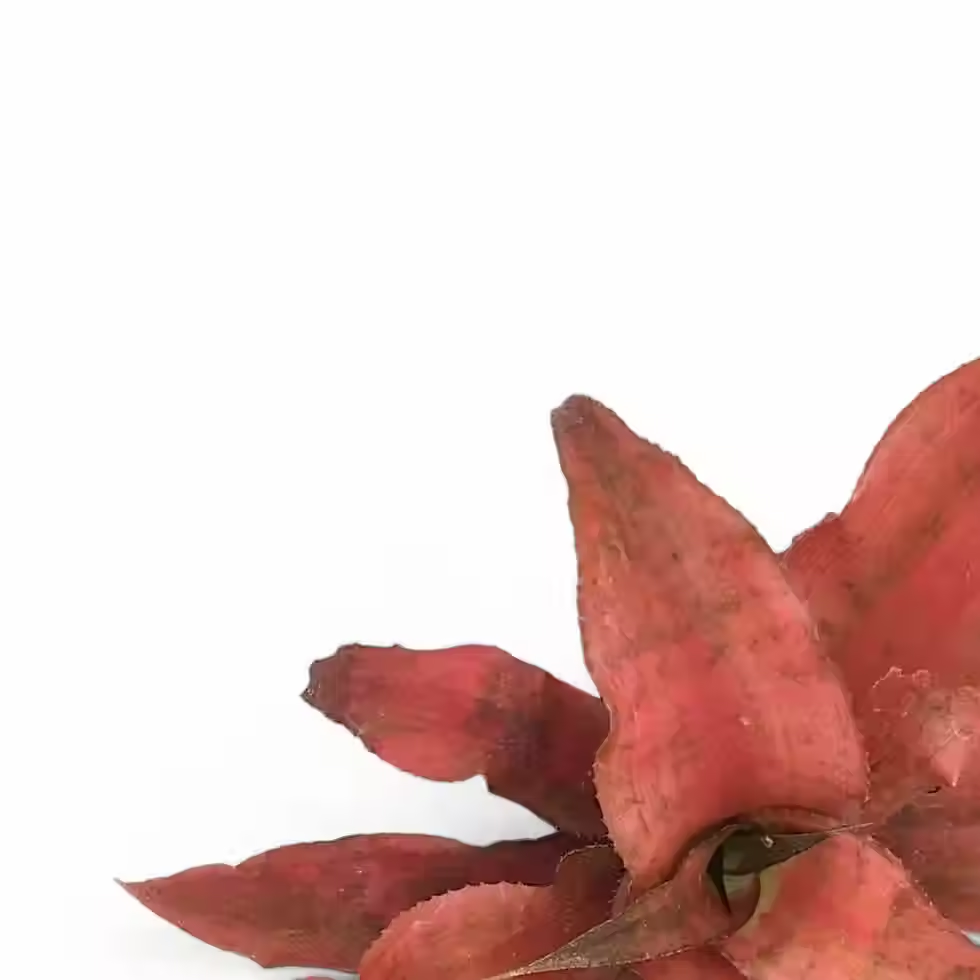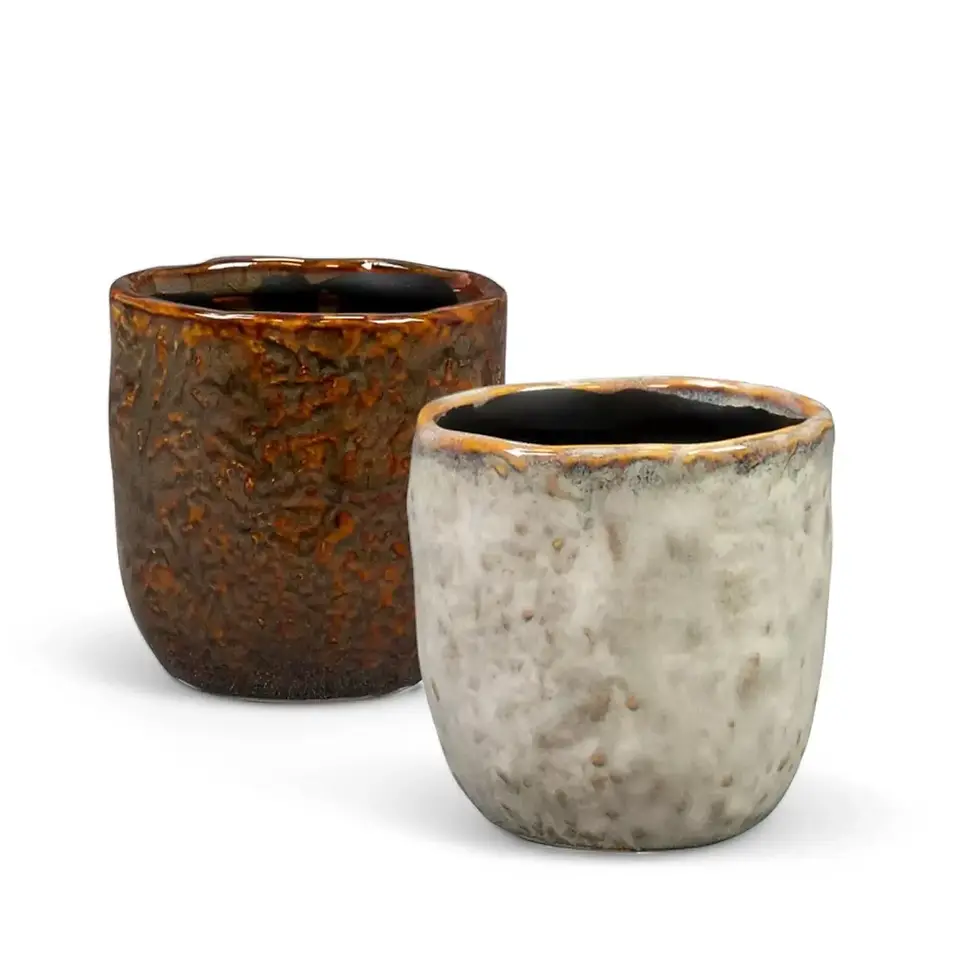Caladium bicolor 'Kelly' - Complete Care Guide and Growing Tips
Caladium bicolor 'Kelly' is a stunning tropical plant known for its dramatic foliage. Its large, heart-shaped leaves showcase a luminous white base, bold green veins, and delicate pink speckles. This cultivar stands out among caladiums, adding a vibrant contrast to any indoor plant collection. With proper care, it can grow up to 60 cm in height, forming dense clumps of lush foliage.
Key Features of Caladium bicolor 'Kelly'
- Leaf Structure: Thin, arrowhead-shaped leaves with a semi-translucent texture.
- Coloration: White base with deep green veins and scattered pink speckles.
- Indoor Growth: Reaches up to 60 cm in height and width, suitable for compact spaces.
- Dormancy Cycle: Enters dormancy in cooler months and regrows from tubers in spring.
- Toxicity: Contains insoluble calcium oxalate, toxic if ingested.
Natural Habitat and Growth Characteristics
Caladium bicolor originates from South America's tropical regions, thriving in high humidity, dappled light, and consistently moist, well-draining soil. In its natural habitat, it grows under larger plants' canopies, benefiting from warm temperatures (22-30°C).
Comprehensive Care Guide
- Placement: Bright spot with indirect light, avoiding direct sunlight.
- Light: Prefers filtered light or partial shade to prevent leaf burn.
- Watering: Keep soil consistently moist but avoid waterlogging. Allow the top layer to dry slightly.
- Humidity: Requires high humidity (above 60%). Group with other tropical plants or use a humidifier.
- Temperature: Ideal range is 18-25°C. Avoid drafts and sudden temperature changes.
- Soil: Well-draining mix with perlite and organic matter (no peat).
- Repotting: Every 1-2 years into a slightly larger pot with drainage holes.
- Fertilizing: Balanced, water-soluble fertilizer every 2-3 weeks during active growth.
- Propagation: Divide tubers during dormancy, ensuring each has at least one growth node.
- Semi-Hydroponics: Adaptable to semi-hydroponic methods using inert media.
- Pruning: Remove yellow or damaged leaves to encourage new growth.
- Air Circulation: Maintain gentle airflow to prevent fungal issues.
Common Problems and Solutions
- Pests: Susceptible to spider mites, thrips, and mealybugs. Treat with neem oil or insecticidal soap.
- Root Rot: Caused by overwatering. Use well-draining soil and ensure good airflow.
- Yellowing Leaves: Due to overwatering or nutrient deficiency.
- Brown Leaf Tips: Indicates low humidity or inconsistent watering.
- Scorched Leaf Edges: Caused by excessive direct sunlight.
- Fungal Issues: Improve ventilation and avoid misting to prevent fungal growth.
- Tuber Rot During Dormancy: Store tubers in a dry, well-ventilated area at 10-15°C.
- Leggy Growth: Increase indirect light to maintain a compact form.
Additional Growing Tips
- Mimic its tropical habitat with warm temperatures, high humidity, and indirect light.
- Proper dormancy care ensures vigorous regrowth in spring.
- Rotate the plant regularly for even growth.
Etymology
The genus Caladium is derived from the Malay word kaladi, referring to its tuberous nature. The species name bicolor highlights its two-toned foliage contrast. It was first formally described by Aimé Bonpland in 1800.
Frequently Asked Questions
- Why are my Caladium leaves wilting?
- Wilting may indicate underwatering, excessive heat, or low humidity.
- Can I grow Caladium bicolor 'Kelly' outdoors?
- Yes, in warm, humid climates. In cooler regions, grow indoors or as a seasonal outdoor plant.
- How should I care for tubers during dormancy?
- Reduce watering, let foliage die back naturally, and store tubers in a dry, cool place.
- Can I propagate Caladium bicolor 'Kelly' in water?
- No, soil propagation is best for tuberous plants.
- How can I ensure vibrant foliage?
- Provide consistent moisture, high humidity, indirect bright light, and regular fertilization.
Order Your Caladium bicolor 'Kelly' Today!
Transform your indoor space with the vibrant foliage of Caladium bicolor 'Kelly'. Shop now to add this striking plant to your collection!
Caladium bicolor 'Kelly'
Caladium bicolor 'Kelly' comes in a ⌀ 6 cm pot and is approximately 15 cm tall

























































